
We will focus on a problem called deviated nasal septum and we will see what causes this condition, the symptoms associated and treatment options. But first we will see what deviated nasal septum really is. The area that divides the nostrils and separates the nose to right and left airways is called nasal septum. It is responsible for the airflow direction and it supports the nose. It consists of cartilage and bone and resembles a wall. The problem with nasal septum may be present if it is shifted from the symmetrical position that it should obtain. This can lead to the obstruction of the nasal passage and this problem is called deviated nasal septum. The problem can be easily removed with a simple surgery that we will talk about in the following text.
Causes
Next we will see what causes the deviated nasal septum. Septum can suffer an injury and this is the most common way of developing deviated nasal septum. Injury may be a result of a blow or a punch on the nose, or it can be a result of a sport injury. Also, during the pregnancy, the baby may suffer a compression of the nose, and deviated septum may be a result of this congenital disorder. Marfan syndrome is one of the possible causes, but other rare genetic disorders can cause the condition as well.
In some cases, a person will not detect the problem. This is associated with mild and benign cases, but cases that are more serious will be detectable due to several symptoms. Some of them are nasal polyps, chronic sinusitis, sleep disorders, sleep apnea, headache, chronic nasal congestion, reoccurring ear infection, repeating sinus infections, nostril obstruction, nosebleeds, snoring and breathing problems.
Treatment
Mild problems cause minor symptoms like headache, which can be eliminated with the use of analgesics, or nasal congestion and sinusitis, which can be treated with decongestants and antibiotics. Surgery is needed for more serious cases. This surgery has two names and they are sub-mucous resection and septoplasty. It involves straightening of the septum and placing it in the proper position. This corrective procedure does everything through the nostrils and with general anesthesia. Through a small incision made on the skin, a part of cartilage is removed and this will make the septum straight. Also, plastic splints are used for placing and holding the septum. Stitching will be done with soluble stitches and after 4-5 days following a surgery, splints will be removed. Bleeding will be present and for this Vaseline soaked gauze needs to be placed in the nostrils, since this will eliminate the bleeding after one or two days. While a complete recovery may require a month, you can return to your activities after 2-3 days. This is a very simple procedure that involves benign side effects and if you are having a problem with deviated septum, it will easily and efficiently correct the problem.


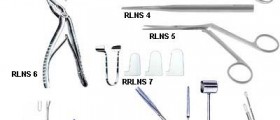

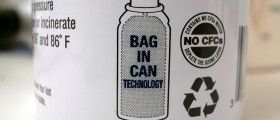
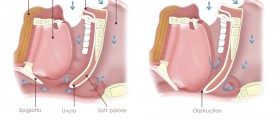
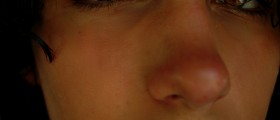




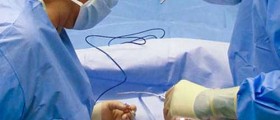
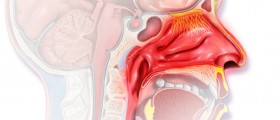
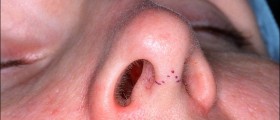



Your thoughts on this
Loading...